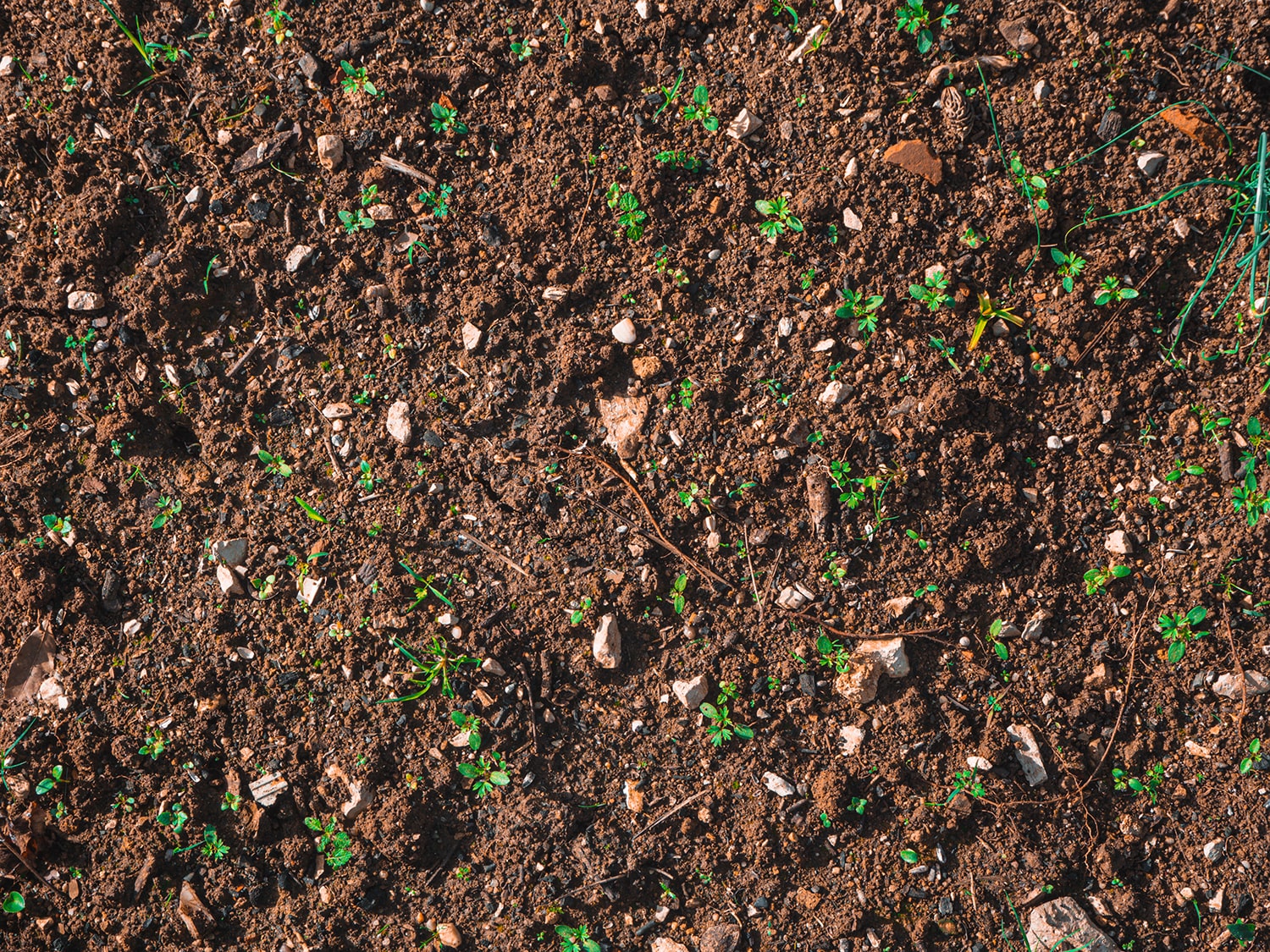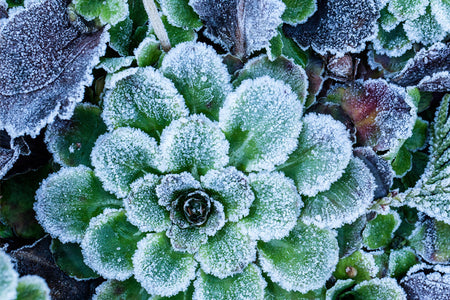Apples are the country’s most consumed fruit. In fact, all 50 states produce more than 11 billion pounds of them each year.
Chances are you have a favorite apple or a beloved family recipe that uses apples. So why not learn how to plant apple trees? You can also honor the country’s apple history by planting an apple tree in celebration of Johnny Appleseed Day. Held on September 26, the date remembers the man who sowed apple seeds in Pennsylvania, Indiana, Wisconsin, and countless states in between, starting in the 1790s.
While you may only plant a tree in your backyard and not several states, you still want to do it right. Here are four tips to keep in mind.
1. Pick the right apple tree for your zone
When it comes to learning how to plant apple trees, you need to first know your USDA plant hardiness zone. In general, apple trees can usually bear fruit in zones three to eight (temperate zones with mild winters). Still, it’s best to do some research on what kinds of apple trees are best for each zone. (If you live in zones four to seven, you can plant an Algeo apple tree, genetically identical to Johnny Appleseed’s.)
You also need to know when to plant. If you live in colder climates where winter is fairly severe, spring planting is best. If you live in a warmer zone, plant your apple tree in early spring or late fall. To properly thrive and bloom in spring, each apple variety needs a specific number of chill hours and period of dormancy. The colder the zone, the more likely the apple blossom will fall off in a hard freeze, unable to fully transition from an apple flower to a fruit. If the overall climate is too warm, the tree may have delayed leafing or closed-up or shriveled buds.

2. Choose a bare root apple tree
Container trees typically don’t last as long as bare root trees once you actually plant them. This is because they can develop girdling roots if they’re kept in their nursery container too long. These circular and spiral-patterned roots — which are unfamiliar to many gardeners and, therefore, overlooked during planting — will essentially strangle the tree’s trunk over time.
Bare root trees, on the other hand, are more likely to have gone through a proper dormancy period, allowing them to establish in the ground quicker with strong roots. They’re also less expensive than potted trees.
3. Plant your apple tree in a sunny location
Once you unpack your bare root apple tree and untangle its roots, soak them in water for three to six hours. If roots are too dry, they can’t properly absorb water in the spring.
Then, choose the sunniest part of your lawn, one that receives at least six hours of full, direct sunlight a day. You also need to choose an area with good air circulation so leaves can dry quickly after it rains.
Now, it’s time to dig. To save time — as well as your back and arms — use a tree auger to dig a hole twice the width of the roots and two feet deep. (A durable auger can power through all types of soil, whether it’s rocky, sandy, or super dense.) Before you place the tree, loosen the soil on the sides of the hole to ensure the roots can properly grow. (If the soil is too compact, the tree’s roots won’t be able to penetrate it to receive air and water.)
Finally, untwist the apple tree’s roots, put the tree in the hole, and pack soil around the roots — firming it up to remove air pockets. Don’t worry about adding fertilizer for a few years. The roots need time to stretch out and establish themselves in their new home.

4. Keep up with maintenance
Now that your apple tree has been planted, water it regularly, renew mulch annually (compost, manure, or leaf mold is best) and prune when dormant. (Pruning too early or often delays growth and fruiting.) It’s also important to remove smaller, less developed apples from the tree (also known as “fruit thinning”) about a month after full bloom to ensure the best harvest over time.
That’s it! You know now how to plant apple trees. Whether you plant just one — or a whole orchard — you’ll have delicious fruit that will make you and your family’s life a bit sweeter.







